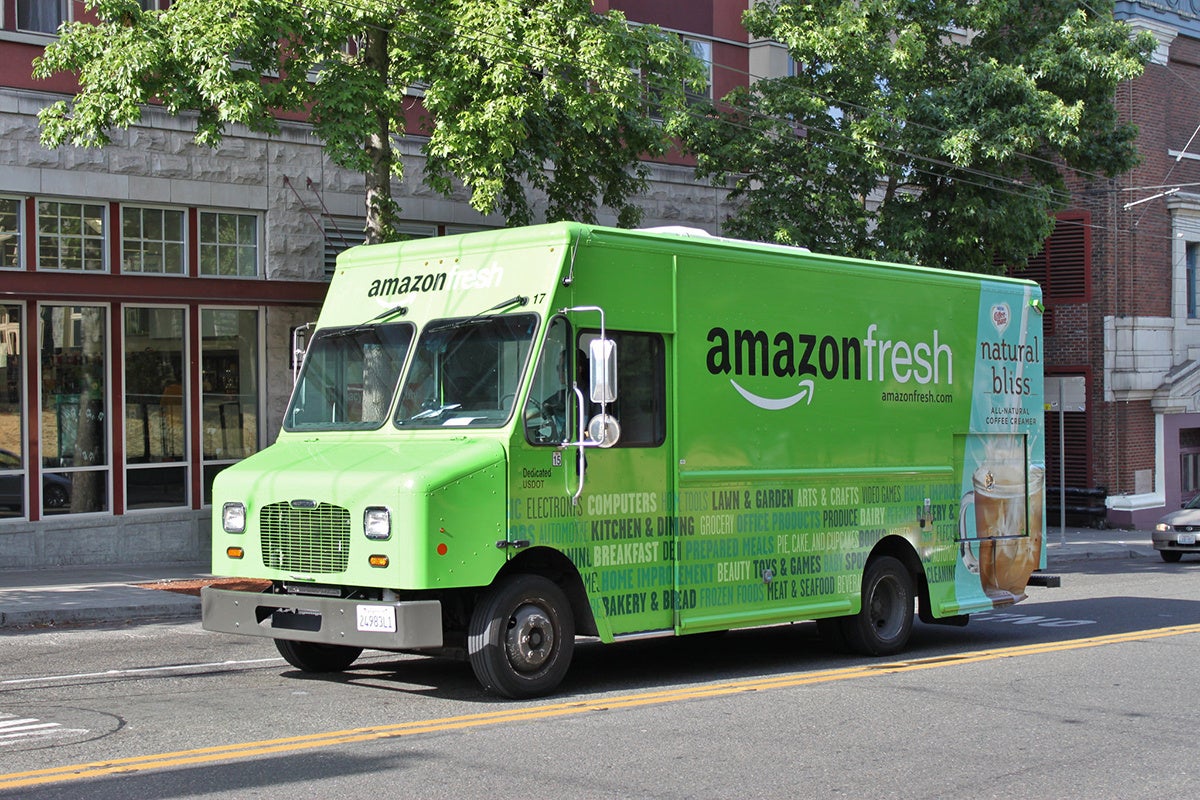Amazon wants to deliver groceries to your car trunk — not a good idea

Credit to Author: Evan Schuman| Date: Tue, 17 Oct 2017 03:00:00 -0700
In the minds of mobile shoppers, where is the line between convenience and personal space/privacy? We now have two retailers — Walmart and Amazon, the giants of in-store and online shopping, respectively — separately testing programs to deliver purchases directly into your home or your car trunk when the shopper is nowhere near.
Both efforts rely on mobile devices connecting shoppers to the scene of the delivery, where customers can theoretically watch the delivery in real time. It isn’t practical or likely, but that’s the idea. Mobile is what justifies these attempts.
Walmart’s efforts, focused entirely on shoppers letting the retailer unlock a home’s front door and put away the groceries in the shopper’s kitchen and refrigerator/freezer, is an idea that begs for a privacy/security disaster to happen. A prudent executive looks at any cutting-edge plan and asks, “What could go wrong with this and how bad is it for our customers if it does?”
It now seems Amazon is also exploring authorized home break-ins — courtesy of a deal with a different smart lock vendor — but Amazon’s effort goes Walmart one better. Actually, a more accurate sentence is that Amazon’s effort goes Walmart one worse. Amazon wants to also get access to a shopper’s car trunk and deliver expensive products there.
To be fair, this may not be a case of Amazon and Walmart trying to come up with a good idea as much as trying to come up with an idea that is better than current efforts.
Current delivery options suffer from two distinct problems. The first is convenience, where shoppers are rarely going to be available to accept delivery at whatever time the delivery people happen to arrive. Precise scheduling of deliveries is quite difficult.
The second issue is security, where packages left unguarded on doorsteps are prime (no pun intended, Amazon) theft targets. The answer to date loops back to more convenience problems: If no one is home to personally accept delivery, leave a note asking them to reschedule delivery (which may not prove any more successful) or to pick the item up at a local store. That option is safer but far less convenient.
Yes, those are major problems. But granting access to otherwise-secured areas is a terrible answer. This column has already addressed the problems with Walmart’s in-home delivery attempt — problems that Amazon’s in-home effort also suffers — so let’s delve into Amazon’s car-trunk scenario.
Even with good trunk locks, which are rare, the design of the typical car trunk makes them quite easy to break into, as various YouTube videos make clear. The best defense is the automotive equivalent of security through obscurity. In short, never put valuables in the trunk in public areas unless you’re going to immediately drive away. Give thieves no reason to try and break into your trunk.
And therein lies the central problem with the Amazon-authorized break-into-your-trunk-and-leave-valuables-there idea. First, it generally encourages thieves to break into trunks (which isn’t that hard). Second, assuming that many of these deliveries will happen in public and in daylight, it gives thieves a very specific reason to break into the trunk of that specific car.
At least with the “leave the package at the front door” approach, there’s always the chance that a theft will be captured by videotape. (Think of the Ring mobile video doorbell.) Contrast that with authorizing Amazon to deliver the package into your trunk parked somewhere in your office parking lot.
Even if a thief doesn’t opt to screwdriver their way into your trunk, there’s always the chance to trick the remote system that Amazon is experimenting with. Yeah, few will bother when a screwdriver or plunger works just as well.
http://www.computerworld.com/category/security/index.rss